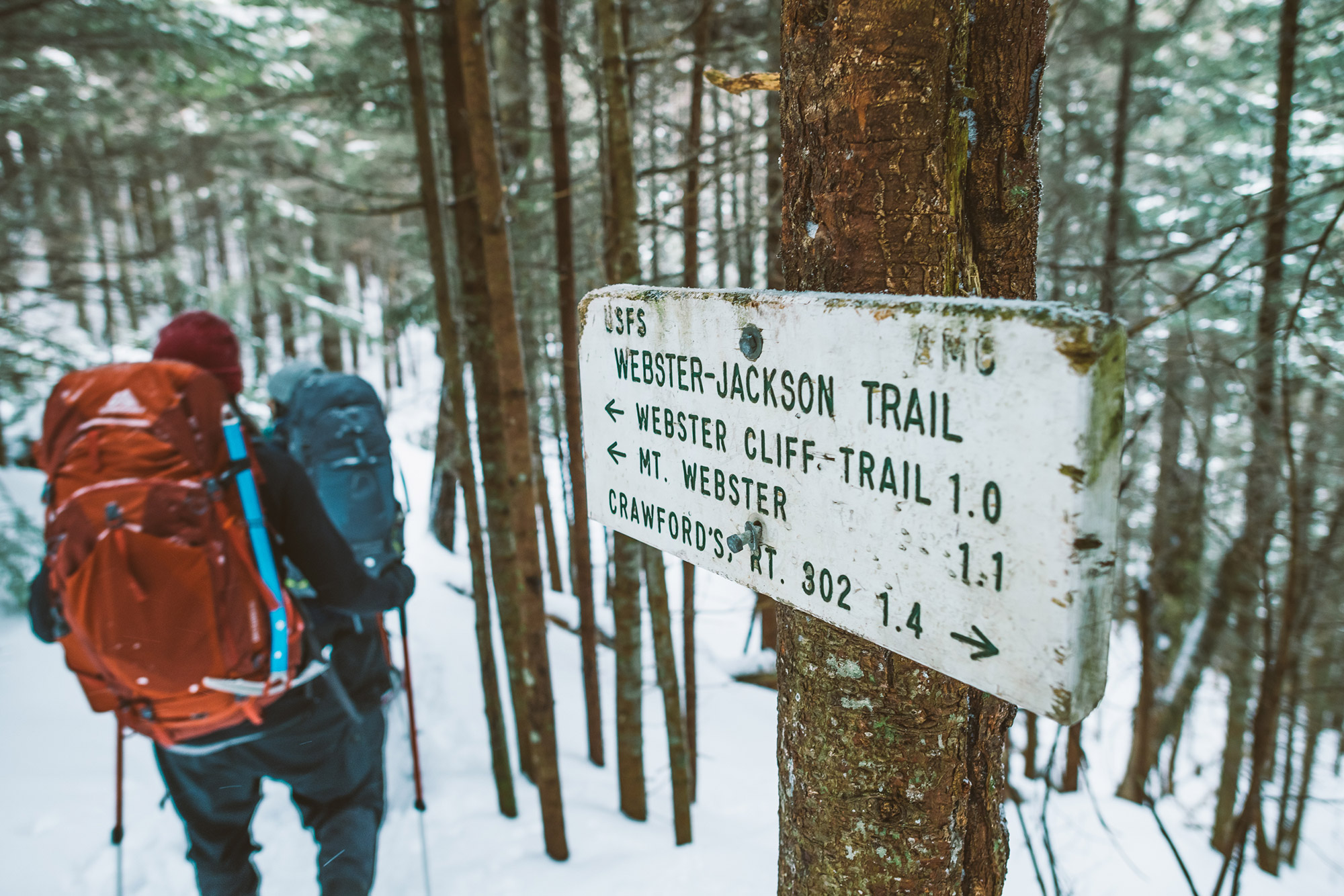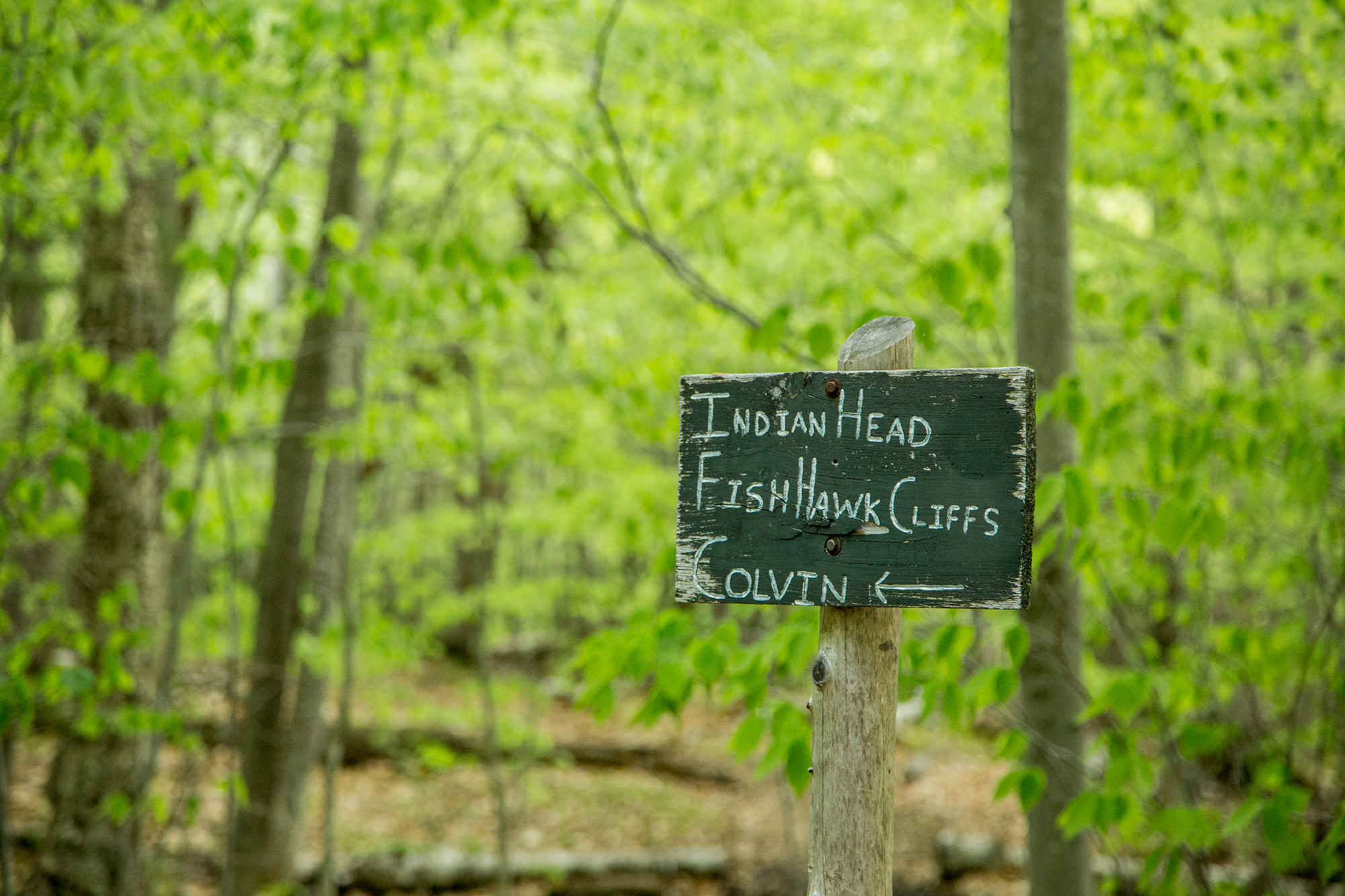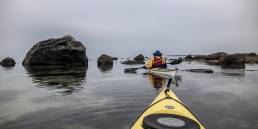The New York State Assembly is currently considering a bill that would rate the difficulty of hikes in the same manner in which ski areas rank the difficulty of their trails—black diamond for experts, blue square for intermediates, and green circle for beginners. According to New York State Assemblyman Chris Tague, the bill’s sponsor, the purpose of this trail-rating measure is to improve hiker safety. But this also begs the question—how does slapping a circle, square, or diamond at a trailhead do this?

While the bill may provide a very generalized assessment of difficulty, it doesn’t say anything definitive about what a hiker is “in for” on a particular trail. Nor does it explain what hikers should be carrying in their packs in case of emergency. This is information that has historically been included in guidebooks and on signage found at many trailheads. Why not refocus this bill toward improving the existing information by consolidating it into an online region-by-region guidebook, then posting detailed trail descriptions at trailheads? That way hikers could easily research their objective before they left home and, if it was a last-minute outing, read about the hike at the trailhead. From websites giving detailed trail descriptions, (such as our Alpha Guides) to dedicated enthusiast websites, to personal blogs, much of this information already exists and consolidating these sources would give hikers a much better picture of what to expect (mileage, elevation, terrain difficulty, etc.) than a single symbol.
From websites giving detailed trail descriptions, to dedicated enthusiast websites, to personal blogs, much of this information already exists and consolidating these sources would give hikers a much better picture of what to expect than a single symbol.
A second concern with the proposal is that it doesn’t account for seasonal and weather-related changes to trail conditions. Consider a situation common to hikers in the Northeast, where icy conditions, a winter snowpack, or a water crossing with high water turn a moderate hike into an epic. Diligent hikers do their research, seeking out an up-to-date picture of what to expect on the trail before they leave home. Is New York going to similarly dedicate staff to changing that green circle into a black diamond when conditions warrant? More so, where community-based websites are already filling this role, aren’t the State’s resources better allocated to helping foster a state-wide trail condition forum like NewEnglandTrailConditions.com or TrailsNH.com (which already cover some of the state’s higher peaks)?

A third problem is that difficulty is incredibly subjective. Simply scroll through the comments on some of the hiking pieces we’ve written for goEast or on a website such as AllTrails.com and it quickly becomes clear that one person’s easy hike is another’s nightmare. And it’s not just the web where the subjectivity influences trail descriptions and level of challenge—hikers are rarely in sync with the suggested completion times found in popular guidebooks. Once again, the ever-changing nature of trails and weather can play a role in this. Dry conditions and mild temps can make for an easy ascent one day, while slick, wet trails or heat and humidity can lead to struggles the next. It’s not dissimilar to a problem shared by many ski resorts—shred a black diamond run that’s filled with snow and it may feel easy, but encounter it later in the day when the snow has been scraped off and the challenge rises exponentially.
Simply scroll through the comments on some of the hiking pieces we’ve written for goEast or on a website such as AllTrails.com and it quickly becomes clear that one person’s easy hike is another’s nightmare.
It’s not only the dynamic nature of trails that make using a single rating to define their difficulty a problem, but the question also arises, what do we, as hikers, think is difficult? Will the ratings merely be based on mileage and elevation gain? What about the quality of the terrain? After all, a rough and rocky trail is much slower to navigate than a smooth trail. What about how rapidly the elevation is gained? Many of us find a slow, gradual ascent easier than a steeper, more direct ascent. Then, of course, there are technical bits such as water crossings, ladders, and steep sections which, depending on experience and comfort level, will feel easy for some and turn others around.

Finally, what happens if hikers are planning on using multiple trails? Do two greens equal a blue? Or, three greens equal a black diamond? It seems to us that this system could quickly cause more confusion than it helps to clarify. In addition to sowing confusion, could rating hiking trails like ski runs lead to complacency? For example, would hikers be encouraged to leave behind essentials such as a headlamp because a trail is a green circle?
Do two greens equal a blue? Or, three greens equal a black diamond?
Interest in hiking and exploring our wild places is on the rise and thinking about how to make our trails safer and more inclusive should be on the top of people’s minds, especially those in charge of managing these places. But, while we feel like the New York’s heart is in the right place, we don’t think that rating hiking trails like ski trails is the solution they’re looking for.
Tim Peck and Doug Martland
Tim and Doug met long ago at the Eastern Mountain Sports in Canton, Massachusetts. Bonding over a love of slick Quincy Quarry granite, White Mountain sufferfests, and scheming up adventures while folding tee-shirts, today Tim and Doug collaborate to write about their favorite outdoor activities and occasionally get nostalgic about tee-shirt tables.




